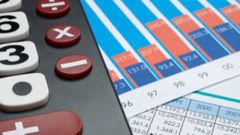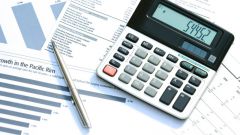The concept of leverage and its economic sense
Any commercial activity involves some risks. If they are determined by the structure of sources of capital that belong to the group of financial risks. Their most important characteristic is the ratio of equity to debt. Because external financing involves paying interest for its use. Therefore, when the negative economic indicators (e.g., reduction in sales, personnel issues, etc.), the company may experience an unbearable debt burden. This will increase the price for the additional raise capital.
Financial leverage occurs when the condition of use of borrowed funds. Normal a situation at which the payment for borrowed capital is less than the profit it brings. In the summation of this additional revenue received from private capital income, there is increase of profitability.
In the commodity and stock market leverage is the margin requirement, i.e. the ratio of the amount of the Deposit to the total value of the transaction. This ratio is called leverage.
The coefficient of financial leverage is directly proportional to the financial risk of the enterprise and reflects the share of borrowed funds in financing. It is calculated as the ratio of the sum of long-term and short-term obligations to equity companies.
Its calculation is necessary to control the structure of sources of funds. The normal value for this ratio is from 0.5 to 0.8. High value can afford companies that have stable and predictable dynamics of financial indicators, as well as enterprises with a high share of liquid assets - trading, sales, banking.
The efficiency of financial leverage depends on the return on assets and loan interest rates. If the margin is below the rate, the borrowed capital should be used unprofitable.
Calculation of the effect of financial leverage
To determine the correlation between financial leverage and return on equity indicators are used, called the effect of financial leverage. Its essence is that it reflects how much interest grows its own capital through the use of borrowings.
There is a leverage effect due to the difference between the return on assets and cost of borrowed funds. For its calculation we used a multi-factor model.
The calculation formula is the following DFL = (ROAEBIT-WACLC) * (1-TRP/100) * LC/EC. In this formula ROAEBIT - return on assets, calculated using profit before interest and tax (EBIT), %; WACLC - weighted average price of borrowed capital, %; EC - average amount of own capital; LC - average amount of borrowed capital; RP - rate of profit tax, %. The recommended value of this index ranges from 0.33 to 0.5.





